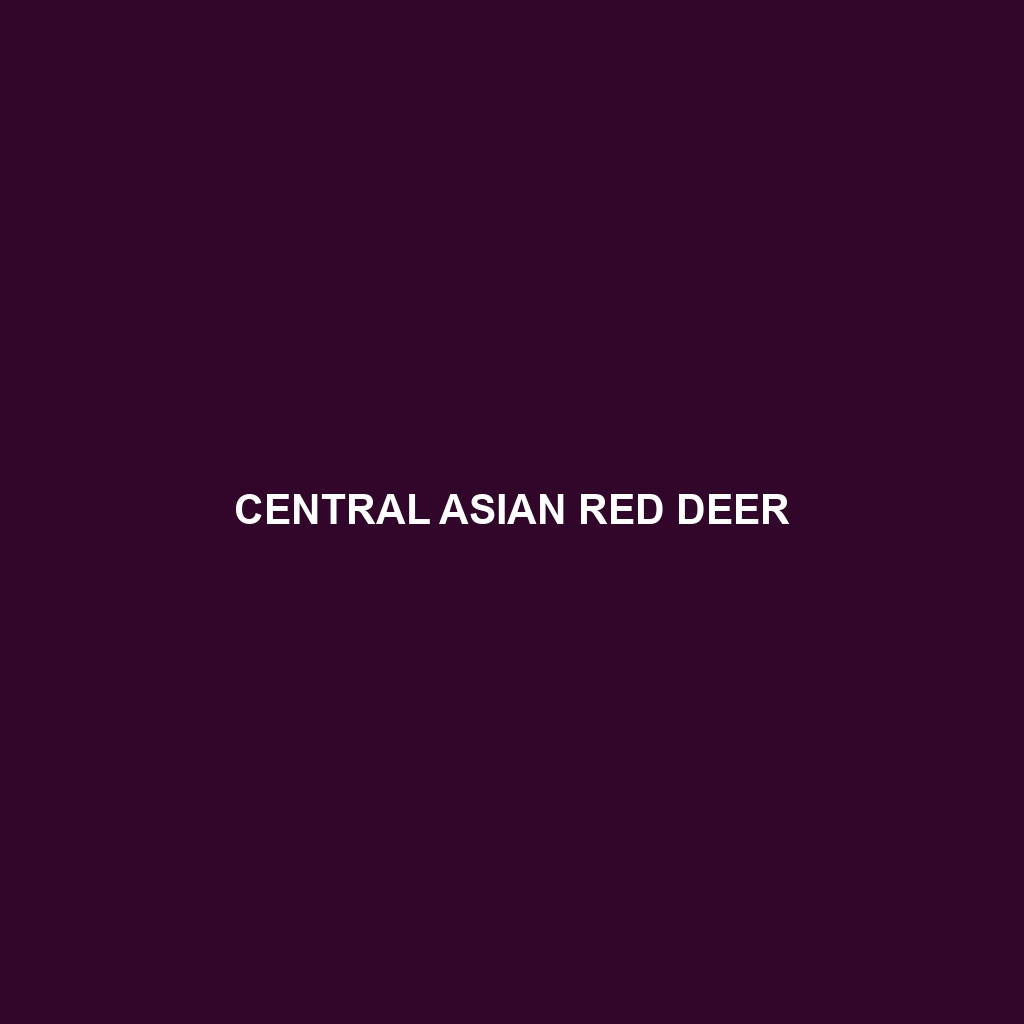Western Red Deer: An Overview
Common Name: Western Red Deer
Scientific Name: Cervus elaphus canadensis
Habitat
The Western Red Deer primarily inhabits various regions across North America, particularly the western United States and Canada. These majestic animals are commonly found in forested areas, grasslands, and mountainous terrains. They thrive in temperate climates, often preferring areas with abundant vegetation and access to water sources.
Physical Characteristics
Western Red Deer are known for their impressive size and distinctive features. Adult males typically weigh between 300 to 600 pounds and can reach a height of 4 to 5 feet at the shoulder. They possess a robust, elongated body covered in reddish-brown fur, which provides excellent camouflage among the forest foliage. Males, known as stags, are characterized by their large antlers which can span several feet and become more elaborate as they age. Females, or hinds, are generally smaller and lack antlers.
Behavior
Western Red Deer exhibit a range of interesting behaviors that vary by season. During the rutting season, males engage in vocalizations and demonstrate physical displays to attract females. They are social animals, often found in groups, especially in winter months when they gather in herds. These deer are crepuscular, being most active during dawn and dusk, which helps them avoid predators.
Diet
As herbivores, Western Red Deer primarily feed on a diverse diet composed of grasses, leaves, shrubs, and fruits. Their feeding habits vary by season, where they consume more forbs and tender growth in spring and summer, while relying on woody vegetation and bark during the harsher winter months. Their selective grazing helps shape the vegetation in their habitat, making them vital for their ecosystem.
Reproduction
The breeding season for Western Red Deer typically occurs from late September to October. During this time, males will compete for the attention of females through displays of strength and vocal calls. After a gestation period of about 225 days, females usually give birth to a single calf in the spring, which is well-camouflaged to blend into the environment for protection. Maternal care is strong, with hinds exhibiting protective behaviors to safeguard their young from potential predators.
Conservation Status
Currently, the Western Red Deer is classified as a species of “Least Concern” according to the International Union for Conservation of Nature (IUCN). However, habitat loss and hunting pressures in some regions can affect local populations, making continued monitoring necessary to ensure their protection.
Interesting Facts
One fascinating fact about Western Red Deer is their remarkable ability to adapt to various environments. They have been known to inhabit areas ranging from dense forests to open alpine meadows. Additionally, their keen senses of sight and hearing make them quite alert to potential threats, which is crucial for their survival in the wild.
Role in Ecosystem
Western Red Deer play a significant role in their ecosystem by influencing plant community dynamics through their grazing habits. As primary herbivores, they help maintain the health of their habitats by promoting biodiversity. Additionally, they serve as prey for large predators such as wolves and cougars, thus contributing to the ecological balance in their native regions.
